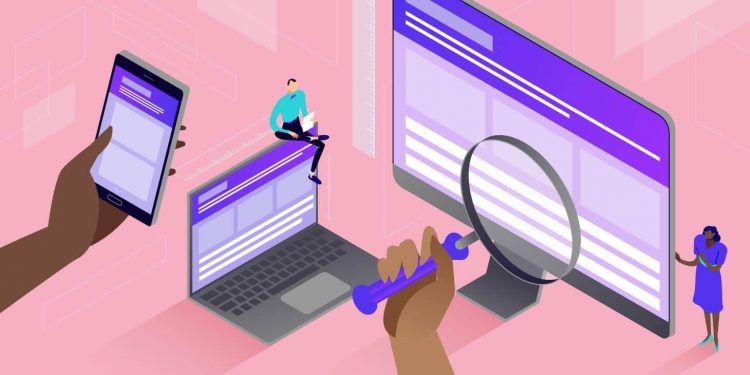With millions of apps available to users, ensuring that your mobile application is intuitive, user-friendly, and functional is vital to standing out from the crowd. In this article, we will explore the importance of user-focused testing in maximizing mobile app usability.
The Importance Of Usability Testing For Mobile Devices
Designing an app’s user interface alone may yield satisfactory results, but true perfection requires input from actual users. Usability testing stands out as one of the most effective techniques for gathering such invaluable insights. Essentially, through thorough app usability testing, you can:
- Identifying issues. Usability testing for mobile apps empowers designers and developers to detect and rectify bugs before app launch. Frequent testing not only uncovers strengths and weaknesses from the end user’s perspective but also mitigates the risk of users abandoning the app due to poor performance, a common occurrence affecting 90% of users.
- Understanding user preferences. Observing how users interact with an app and soliciting their feedback offers profound insights into consumer tastes, behaviors, and expectations. This knowledge enables tailored adjustments to meet individual user needs, fostering a more personalized and engaging experience.
- Boosting user satisfaction. A seamless user experience (UX) is vital in retaining app users and fostering loyalty. With 80% of customers willing to pay more for a superior UX, prioritizing user satisfaction becomes a cornerstone of app success. Satisfied users not only return, leave positive reviews, and advocate for the app, but also bolster its popularity and competitive advantage.
Usability And Functionality For Mobile App Testing Success
Achieving success in mobile app testing hinges on effectively balancing usability and functionality. Usability refers to how easily and intuitively users can interact with the app, while functionality pertains to the features and capabilities the app offers.
Here’s How Prioritizing Both Aspects Contributes To Testing Success:
- Functionality testing. Functionality testing focuses on verifying that the app performs as intended and all features work correctly. Testers evaluate various aspects such as user inputs, data processing, and system interactions to ensure the app’s functionality is robust and reliable. Identifying and fixing bugs or glitches during functionality testing prevents issues that could frustrate users and lead to negative reviews or app abandonment.
- Compatibility testing. Ensuring compatibility across different devices, operating systems, and screen sizes is crucial for both usability and functionality. Testers need to verify that the app functions properly on various devices and platforms to provide a consistent user experience. Compatibility testing helps identify any compatibility issues early in the development process, allowing developers to address them before the app’s release.
- Performance testing. Usability and functionality can suffer if the app’s performance is subpar. Performance testing evaluates factors such as app speed, responsiveness, and resource usage to ensure optimal performance under different conditions. By testing performance metrics like load times and response times, testers can identify bottlenecks or performance issues that may affect the user experience and functionality of the app.
Conclusion
Usability testing is a fundamental aspect of app development, essential for ensuring optimal user satisfaction and maximizing sales potential. By identifying and addressing issues early in the process, resources are conserved, and the app’s competitive advantage is bolstered. Thus, prioritizing usability testing is not just a prudent investment, but a strategic imperative for achieving sustained success in the ever-evolving digital marketplace.
Follow Techdee for more!





